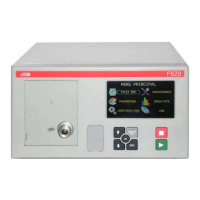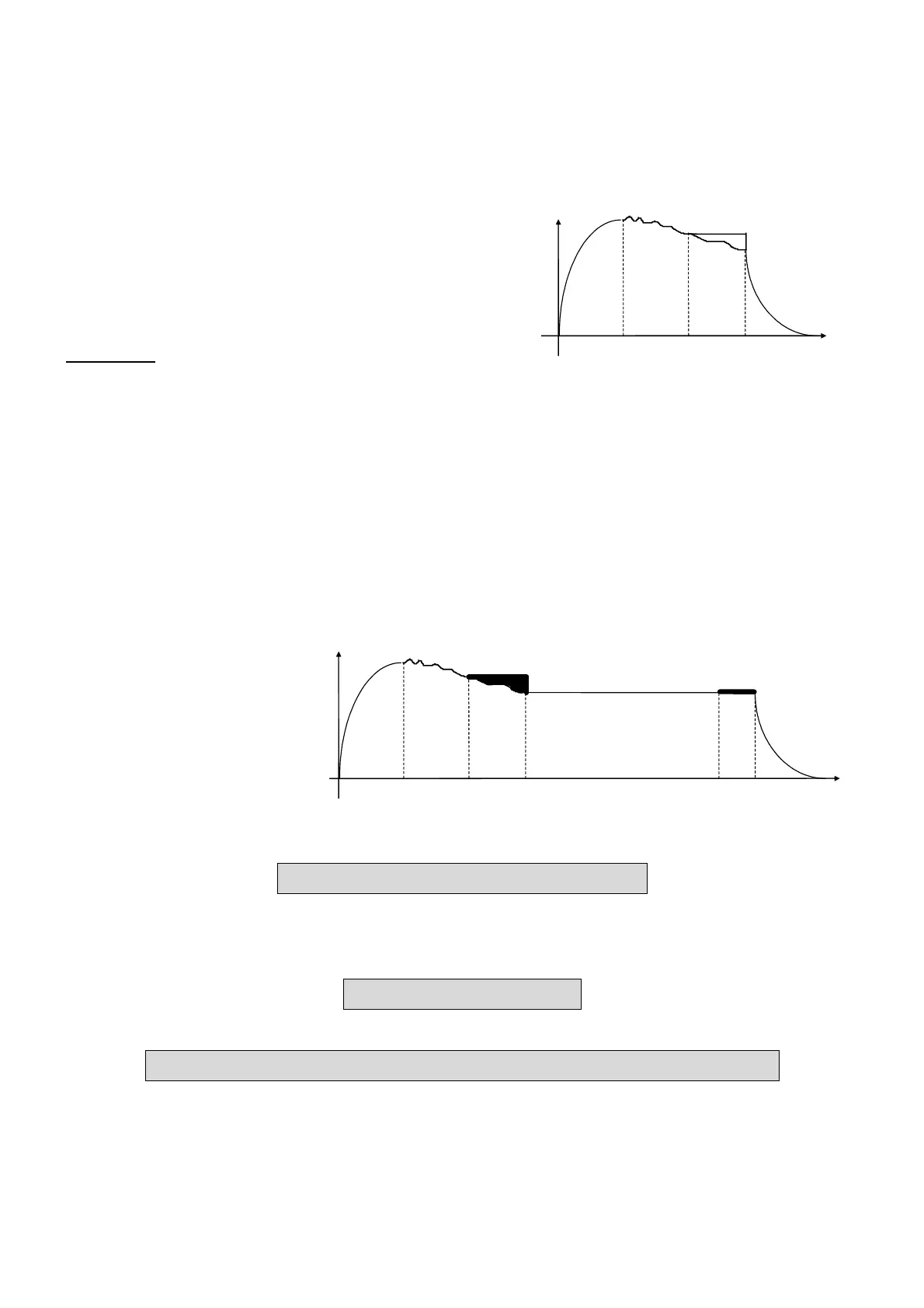Sheet #607u – ATR 0 – 1 – 2 – 3 function
Version 1.04a User guide ATEQ 6th series Page 2/6
1.2. ATR1
The value of the transient is unknown. A special learning cycle must be carried out.
The learning cycle for this function must be carried out
on a known good part.
The instrument performs a normal test cycle and
considers that the pressure variation measured at the
end of the cycle is the transient. This value is saved and
subtracted from the final result of subsequent tests. Its
value is recalculated at each measurement cycle.
Reasoning
: the part is a good part therefore the
pressure drop measured is the transient.
Fill Stab Test Dump
Time
Pressure
'P = Transient
Associated parameters to be set:
¾Start (Initial value of the transient),
¾Transient (actual, non modifiable value of the transient),
¾Per
centage drift (Percent of the reject level, the measurements used for transcient
calculation are less than this value).
¾Drift (Drift tolerance on acquisition of the transient, as a % of the Reject level).
1.3. ATR 2
The value of the transient is
not known but the possible
leak of the part is taken into
account when the transient
value is computed during the
special cycle.
Fill Stab Test1 Wait time 5 x test time Test2 Dump
Time
Pressure
'P 1
'P 2
At the end of test time 1, the ATEQ saves the pressure variation 'P1, function of the transient
and the leak if there is one.
'P1 = Leak + Transient
Following the waiting time (equivalent to 5 times the normal test time), we consider that the
transient phenomena has disappeared. During the second test time, the ATEQ instrument
measures a second pressure drop 'P2 which corresponds to the leak.
'P2 = Leak
By taking these two pressure variations, we can calculate the transient.
'P1 - 'P2 = (Leak + Transient) - Leak = Transient
It is this transient which will be subtracted from the leak measurement of the following cycles.
Through the use of the ATR, the ATEQ instrument is able to differentiate a Pass part from a Fail
part without being influenced by the transient effects whilst keeping a short stabilization time.

